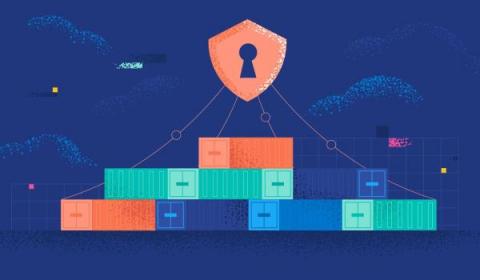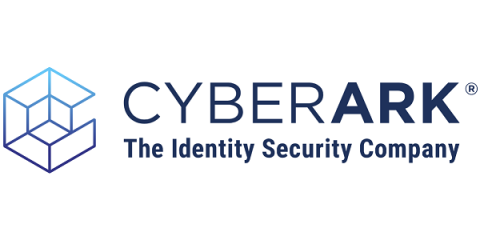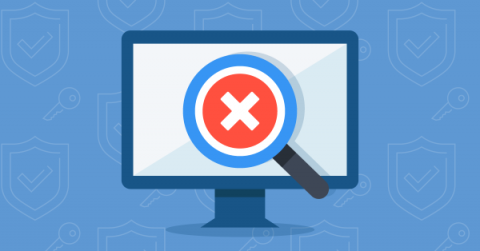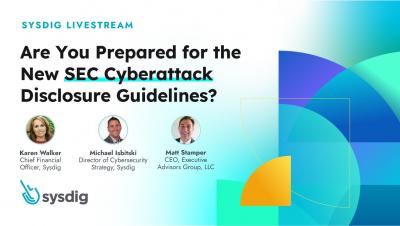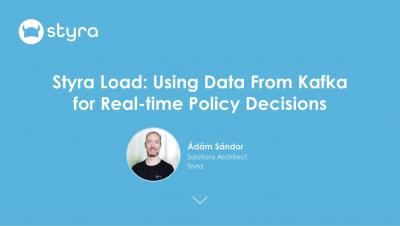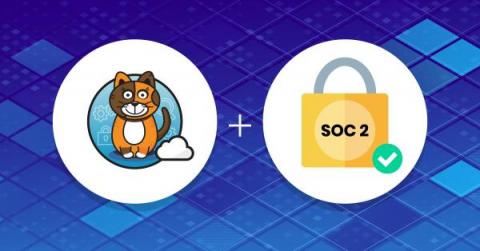Security | Threat Detection | Cyberattacks | DevSecOps | Compliance
Containers
Breaking Docker Named Pipes SYSTEMatically: Docker Desktop Privilege Escalation - Part 2
In the previous blog post, we described how the Docker research started and showed how we could gain a full privilege escalation through a vulnerability in Docker Desktop. In this follow-up blog post, we will show the other vulnerable functions we were able to exploit.
Avoiding Kubernetes "CVE shock" through Relevancy and Prioritization
Hands-on guide: How to scan and block container images to mitigate SBOM attacks
According to OpenLogic’s Open Source Adoption and Expansion in 2022 Report, the adoption of Open Source Software (OSS) across all sizes of organizations is rising with 40% of respondents stating an increase of OSS software over the previous year and 36% reporting a significant increase in OSS software usage. The increase in OSS adoption can be attributed to a number of factors including access to the latest innovations, reduction in costs and frequent product updates.
Sysdig Live: Are you prepared for the new SEC Cyberattack Disclosure Guidelines?
Kubernetes 1.27 Release: Enhancements and Security Updates
Styra Load: Using Data From Kafka for Real time Policy Decisions
Live Impact Analysis with Styra Load: How to Not Break Production
Failing Less at Kubernetes with Policy as Code & OPA
Kubernetes has become the de facto way to run modern computing platforms, both in the cloud and on-premise. This is a huge change from just a few years ago, and it didn’t happen overnight. On the road to production readiness with Kubernetes, many have run afoul. Thanks to Kubernetes Failure Stories though, engineering teams from around the world have shared in detail what they did wrong and how they can avoid making the same mistake in the future.
What is SOC 2 and how do you achieve SOC 2 compliance for containers and Kubernetes?
SOC 2 is a compliance standard for service organizations, developed by the American Institute of CPAs (AICPA), which specifies how organizations should manage customer data. SOC 2 is based on five overarching Trust Services Criteria (TSC): security, availability, processing integrity, confidentiality, and privacy. Specifically, the security criteria are broken down into nine sections called common criteria (CC).


